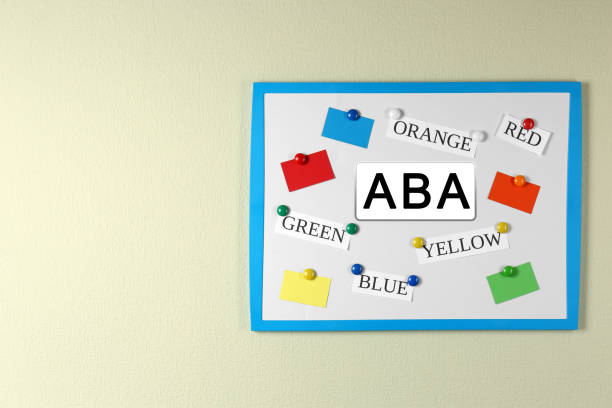Sensory integration disorder in the sensation and proper organization of sensory sensations manifests itself in various types of dysfunctions in a child, such as tearfulness, hyperactivity, and speech defects. With exercises, you can eliminate them. If you are concerned about how your child perceives the world around him, read the article and decide whether you need to see a doctor. Sensory integration disorders have been classified by indicators, such as motor, behavioral, or reaction to an unexpected situation. The typology of Sensory processing disorder is divided into 3 main categories:
Sensory modulation disorders
The main symptoms are:
- Increased or decreased reactivity to high or low tones,
- Hyper- or sub-reactivity to bright light, new unexpected, surprising images,
- Tactile protection,
- Subreactivity to touch or pain, gravitational uncertainty, which is excessive reactivity / in children with normal postural reactions / to changes in sensation during vigorous horizontal or vertical movements,
- Hyper- or sub-reactivity to odors,
- Hyper- or sub-reactivity to temperature, qualitative deficiency in the ability to modulate motor activity.
Sensory movement disorders
The main symptoms of sensory movement disorders are:
- Motor-oral disorders arising under the influence of low muscle tone, poor motor planning, or tactile hypersensitivity in the oral cavity,
- Abnormal muscle tone and stabilization,
- Disturbances in the planning of large and small motor skills,
- Qualitative articulation deficit,
- Incorrect components of movement such as balance between flexors and extensors, rotation, equivalent reactions, and stabilization.
Sensory differentiation disorders:
Main symptoms:
- Qualitative deficiencies in visual-spatial information processing,
- Qualitative deficits in some aspects of auditory stimulus processing,
- Qualitative deficit in some aspects of tactile differentiation.
Sensory Processing Disorders: Causes
Doctors do not agree on the causes of Sensory processing disorder– they can have different causes, and their sources can be found in:
- Perinatal factors, here: cesarean section, risk of hypoxia during childbirth, vacuum.
- High bilirubin, i.e. Prolonged jaundice,
- Low birth weight,
- Alcohol consumed by the mother during pregnancy, as well as during pregnancy,
- Genetic factors.
Symptoms of Sensory Integration Disorder
- Increased sensitivity to touch, movement, and visual/auditory stimuli. The kid is overwhelmed by stimulation. Does not like being in stores or on playgrounds. A hypersensitive youngster may complain about discomfort caused by a sticker or tight clothing. Does not enjoy washing and combing hair, and avoids manual labor and group activities.
- Too little sensitivity to touch, movement, visual or auditory stimuli. The child receives sensory stimuli with less intensity than he should. During play, he tries to knock someone over, hit someone, and wants to listen to loud music. He likes to lose balance, hug him, etc.
- Too much or too little physical activity. The child may be agitated, hyperactive, slow, and lethargic.
- Coordination problems. Such a child has problems with manual operations, for example, holding pencils and other utensils, and unzipping a zipper.
- Delays in speech development. The child does not want to speak or cannot say even simple words correctly.
- Problems with concentration. Clutter around the child is not a sign of SI disorders, but if the child has problems with organization and cannot place, for example, blocks in a specific box, is easily distracted, and always needs help — this is a signal of SI disorders.
- Cholera and impulsiveness. The child gets upset easily, reacts aggressively to the surrounding world, cannot cope with emotions, and avoids physical intimacy.
Treatment of Sensory Integration Disorder
Sensory processing disorder Poway needs to be treated because they do not disappear on their own. A specialist must determine whether the child’s questionable behavior is related to sensory integration disorders. The next step is therapy and exercises at home.
Therapy takes place in a sensory room adapted to the needs, it is not too bright and well-dimmed. The exercises are carried out through play: the goal of the sessions is to improve the integration of the senses in the nervous system and eliminate the problem.
Sensory therapy uses objects with different textures and shapes, simple, in subdued colors. The child is encouraged to use a hammock, or skateboard, make clay figures, or paint with his feet.
The presence of a parent is very important because he is an active participant in the child’s therapy, and it is worth repeating the exercises at home.
Such therapy for sensory integration disorders usually lasts from 6 months to 2 years. The child’s nervous system is stimulated, and simple everyday activities become less and less difficult if this work is supported at home.
Conclusion
Effective care of sensory processing disorders is critical to a child’s growth. Early detection and individualized therapy, such as sensory integration exercises, can greatly enhance sensory processing and overall well-being. This path requires consistent support and commitment from caregivers.




